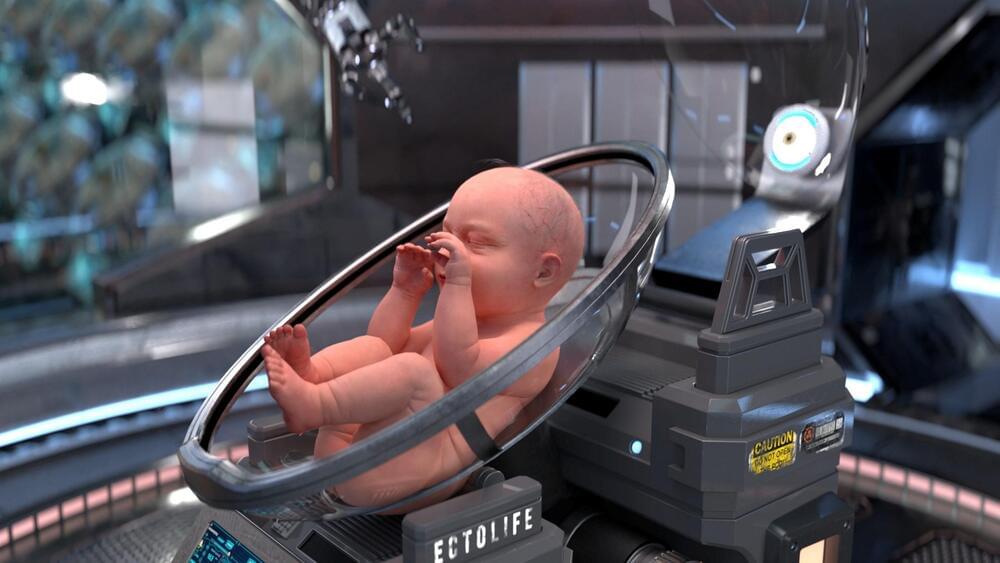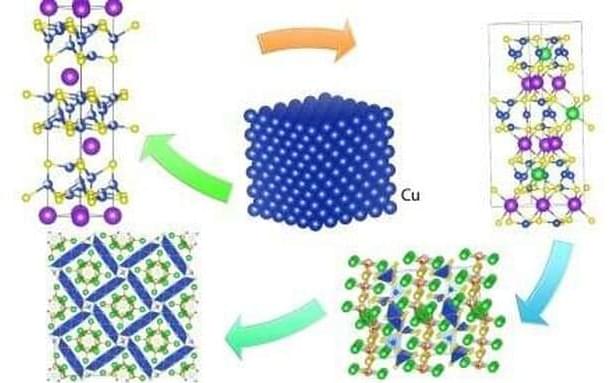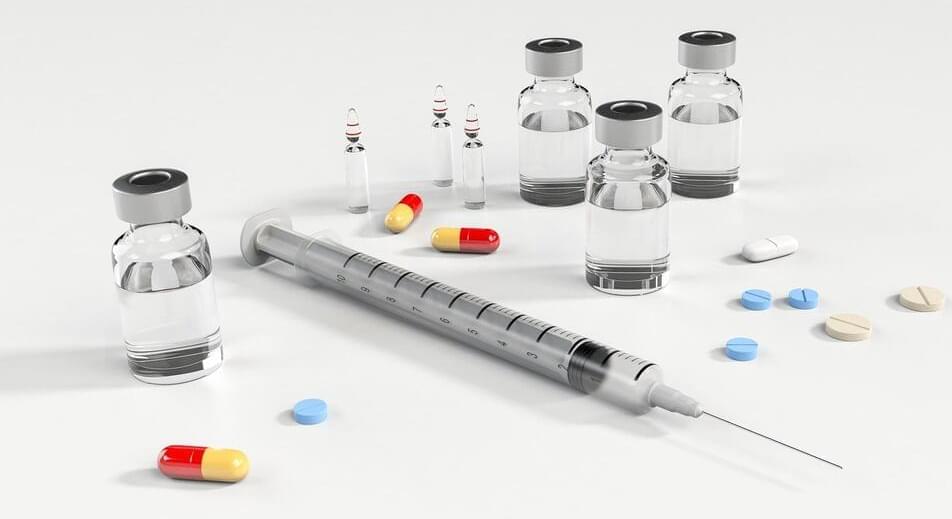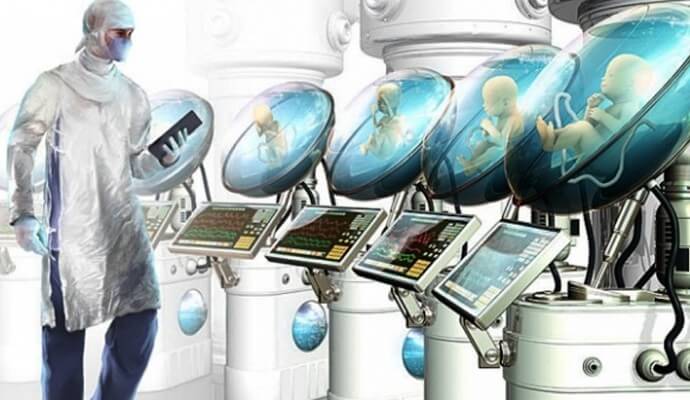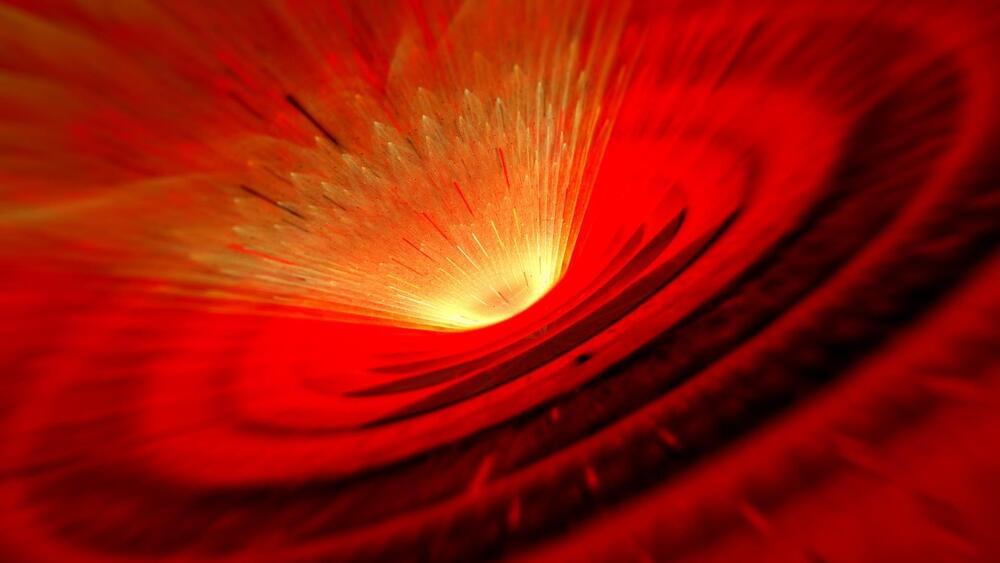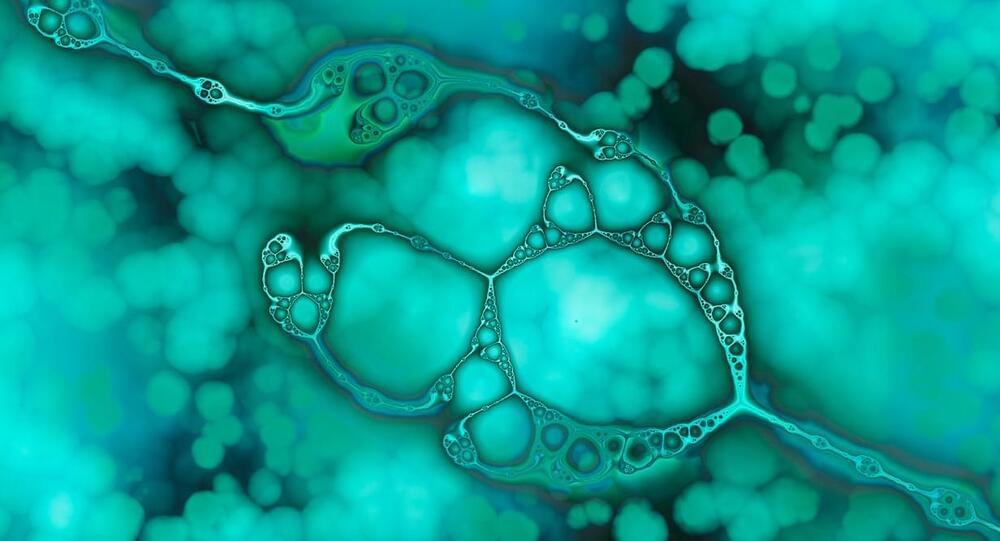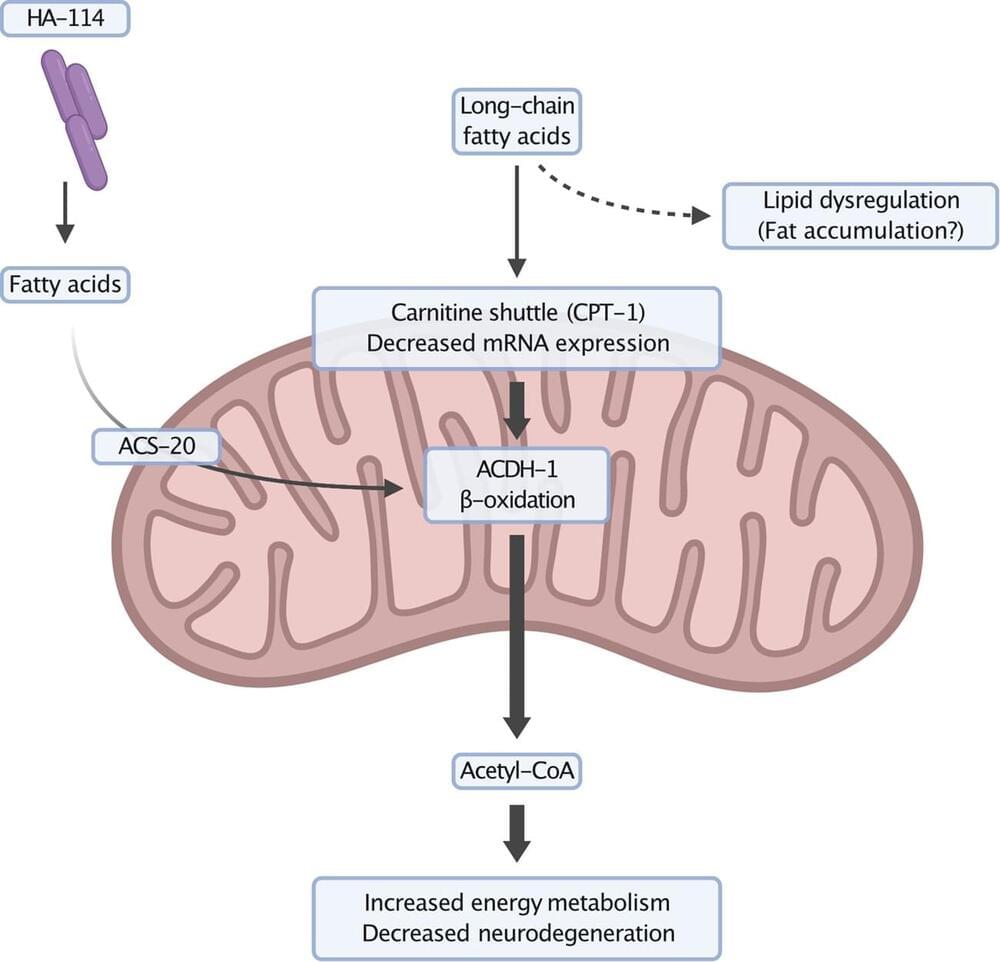Dec 21, 2022
The cloud out of space? Scientists scrambling to prevent global data storage crisis
Posted by Saúl Morales Rodriguéz in categories: computing, finance
BIRMINGHAM, United Kingdom — Servers around the world could soon face a massive data storage crunch, thanks to the “mind-blowing amount” of information people store digitally every day.
Researchers from Aston University say the global datasphere — the total amount of data worldwide — will increase by 300 percent within the next three years. Currently, all of this data sits in banks of servers stored in huge warehouses (data centers).

